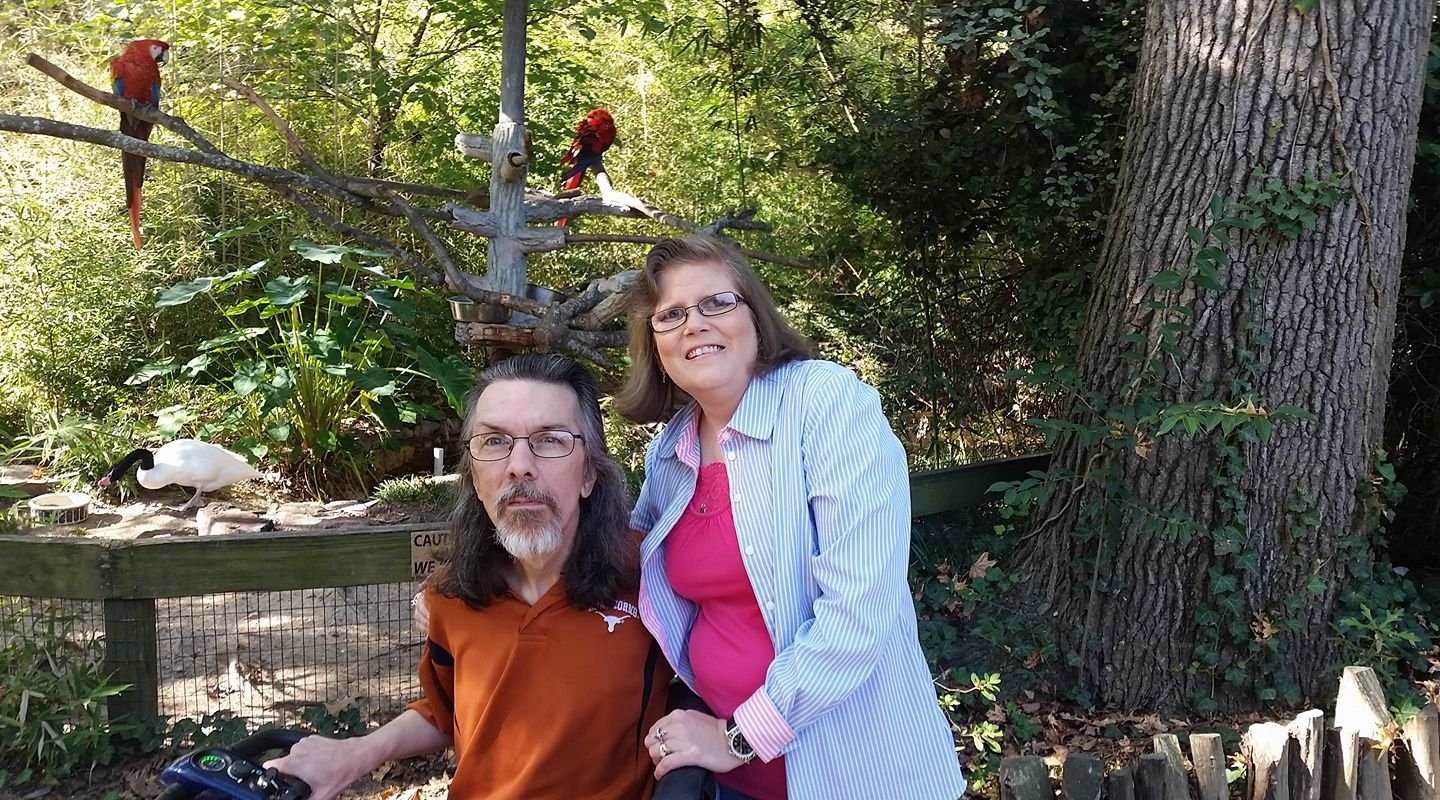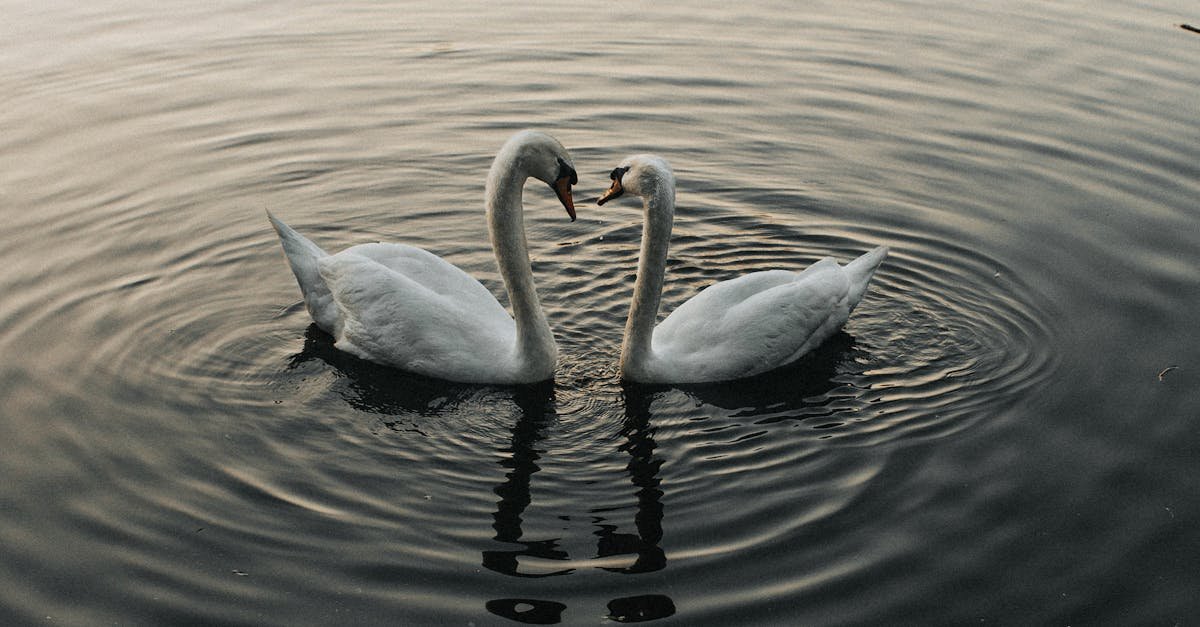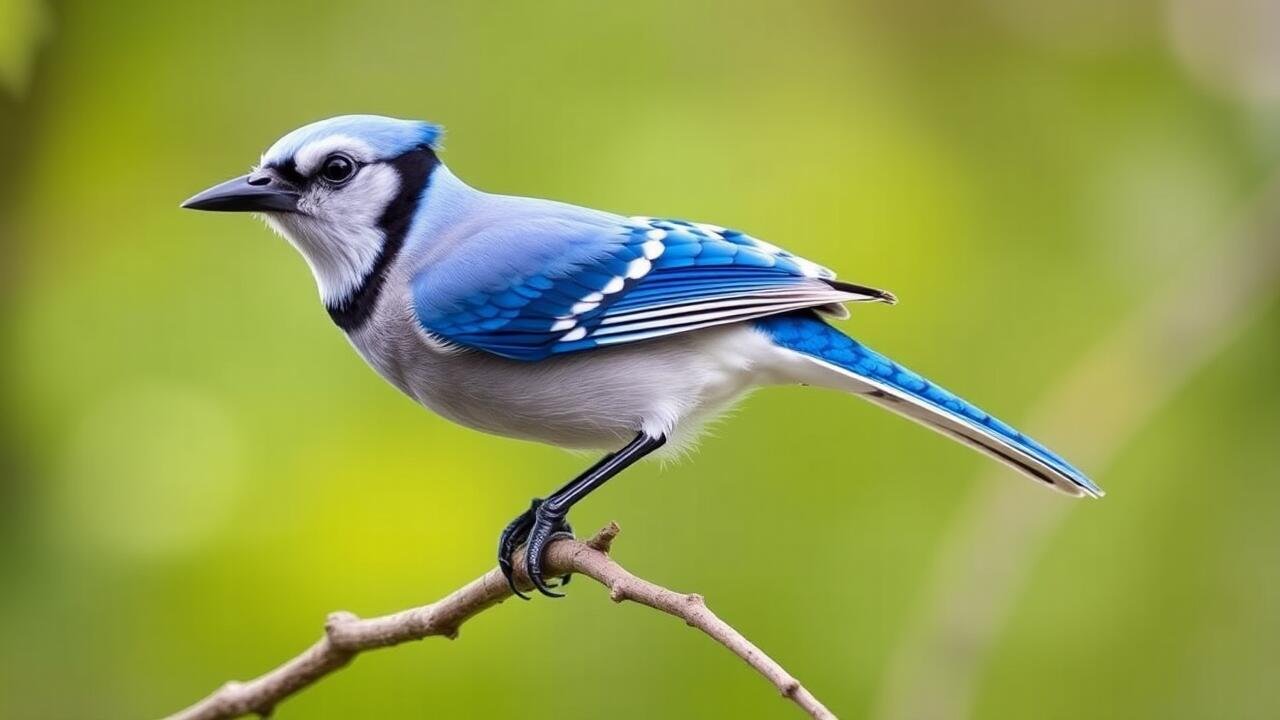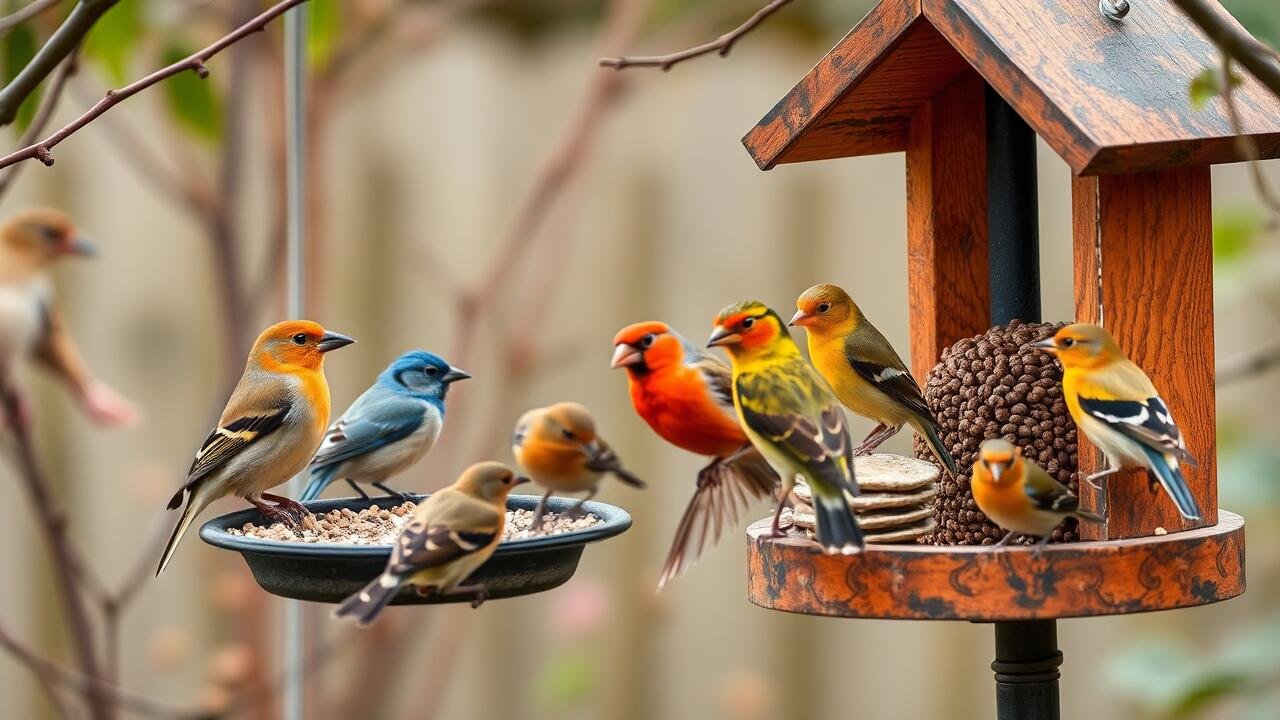Table Of Contents
Building Nesting Areas
How to create a bird sanctuary? Creating suitable nesting areas is crucial for attracting a variety of bird species. Providing a range of nesting options, such as boxes, platforms, and natural hollows, ensures that different birds find appropriate spaces. Selecting the right location enhances the effectiveness of these nesting areas. Placing them in quiet, sheltered spots away from human activity and predators increases the chances of successful nesting.
Material selection plays a key role in constructing effective nesting sites. Nest boxes should be made from untreated wood to prevent chemicals from leaching into the birds’ environment. Proper drainage and ventilation are also essential for maintaining a healthy habitat inside the box. Incorporating varying sizes and types of nesting boxes caters to the preferences of different bird species, encouraging a diverse population to thrive in the sanctuary.
Click here for additional info.
Best Practices for Nest Box Installation
Choosing the right location for your nest box is crucial for attracting birds. Ideally, place the box in a quiet area, away from heavy foot traffic and disturbances. Mounting the box at an appropriate height, often between 5 to 10 feet, provides birds with safety from ground predators while allowing for easy access. Additionally, ensure the nest box faces away from prevailing winds to shield fledglings from harsh weather conditions.
Consider using natural materials for construction to enhance the box’s appeal. Untreated wood with proper ventilation and drainage holes allows for better temperature control. It is also important to clean the boxes after each nesting season to prevent the buildup of parasites or mold. Providing a perch outside the entry hole can support adult birds as they guard their young. Following these best practices enhances the likelihood of successful nesting and fosters a thriving bird sanctuary.
Ensuring Food Availability
Creating a habitat that attracts a variety of bird species depends significantly on the food sources provided. Incorporating a mix of native plants ensures that seeds, berries, and nectar are available throughout the year. Native plants typically require less maintenance and provide food that local birds have evolved to consume. Additionally, installing feeders strategically can enhance food availability. Using different types of feeders allows for a broader range of birds to visit, catering to the diverse dietary preferences of various species.
Selecting the right types of bird feed is essential for maintaining a healthy bird population in your sanctuary. High-quality seed mixes, suet cakes, and nectar solutions can draw in numerous species. It’s beneficial to research which foods attract local birds to ensure a tailored approach. Regular maintenance of feeders, including cleaning and refilling, ensures that birds have consistent access to nutritious options. By focusing on these elements, the sanctuary becomes a reliable food source that supports both the residents and migratory birds visiting the area.
Selecting Bird-Friendly Plants and Feeders
Incorporating native plants into your bird sanctuary is essential for attracting various bird species. These plants provide natural food sources such as seeds, fruits, and nectar. They also offer the necessary shelter for nesting and protection from predators. Choosing a diverse selection of plants with different flowering and fruiting times ensures a consistent food supply throughout the year, benefiting both migratory and resident birds.
When selecting feeders, prioritize designs that cater to specific bird species found in your area. Use feeders that can accommodate seeds, suet, or nectar, depending on the types of birds you wish to attract. Ensure feeders are easy to clean and refill, promoting a healthy feeding environment. Position them in locations that offer safety from predators while still being visible for birdwatching.
Managing Predators
To maintain a safe environment for birds, it is crucial to develop strategies that effectively manage potential predators. Identifying common threats like cats, raccoons, and hawks allows for targeted approaches. Physical barriers such as fencing can deter ground predators, while carefully placed decoys can scare away birds of prey. Tree branches should be trimmed to minimize perches from which larger birds can launch surprise attacks.
An understanding of predator behavior can further enhance protective measures. Establishing feeding areas away from dense cover can reduce the risk of ambushes. Regular monitoring of the sanctuary helps to identify any emerging threats. Community involvement, including educating neighbors about responsible pet ownership, can also play a significant role in protecting local bird populations.
Strategies to Protect Birds from Threats
Creating a safe environment for birds involves understanding various threats and implementing effective strategies. One essential approach is to use physical barriers such as netting or fencing, which can deter larger predators from accessing nesting areas. Additionally, trimming tree branches that are too close to the ground can help limit access points for those predators. Regularly monitoring the area for signs of invasive species or harmful animals can also be beneficial in maintaining a safe habitat.
Incorporating natural deterrents can further enhance protection for your feathered friends. For instance, installing birdhouses that are specifically designed to exclude unwelcome species like house sparrows or starlings can ensure that native birds find safe nesting places. Furthermore, ensuring that feeders are placed away from dense shrubbery can limit ambush opportunities for predators. Providing a well-maintained sanctuary with thoughtful design choices allows birds to thrive while minimizing potential threats.
Please be sure to check out The Complete Guide to Wild and Pet Bird Care: Tips, Products, and Resources
FAQS
What is the first step in creating a bird sanctuary?
The first step in creating a bird sanctuary is to identify and prepare suitable nesting areas for birds. This includes building and installing nest boxes or providing natural nesting sites.
How can I choose the right location for nesting boxes?
When selecting a location for nesting boxes, choose a quiet, sheltered area that is away from heavy foot traffic and potential disturbances. Ensure that the boxes are placed at an appropriate height and are exposed to some sunlight.
What types of food should I provide for birds in my sanctuary?
To ensure food availability, offer a variety of seeds, nuts, and fruits that are appropriate for the species in your area. Additionally, consider using bird feeders that are designed to keep food dry and secure.
How can I attract more birds to my sanctuary?
To attract more birds, select bird-friendly plants that produce berries and seeds, and create a diverse habitat that includes shrubs, trees, and flowers. Adding water sources, such as bird baths, can also help draw in birds.
What measures can I take to protect birds from predators?
To manage predators, consider installing predator guards on nesting boxes, trimming back vegetation that provides cover for predators, and using decoys to deter larger birds of prey from entering the sanctuary.
Related Links
Creating a Year-Round Bird Haven: Seasonal Tips for Attracting Birds
How to make a bird paradise?
What attracts birds the most?
What time of year are birds most active at feeders?

My name is Shane Warren, the author behind Chirping Birds Hub – your ultimate guide to the wonderful world of birds! Unleash your inner avian explorer as we delve into a vibrant library of knowledge dedicated to all things feathered. From learning about diverse bird species from across the globe to understanding their captivating habitats and behaviors, I’m here to fuel your passion for these magnificent creatures. Not only that, but I also provide valuable insights on being a responsible and informed pet bird owner. Join our vibrant community and let’s celebrate the feathered wonders of the world together – one chirp at a time.


